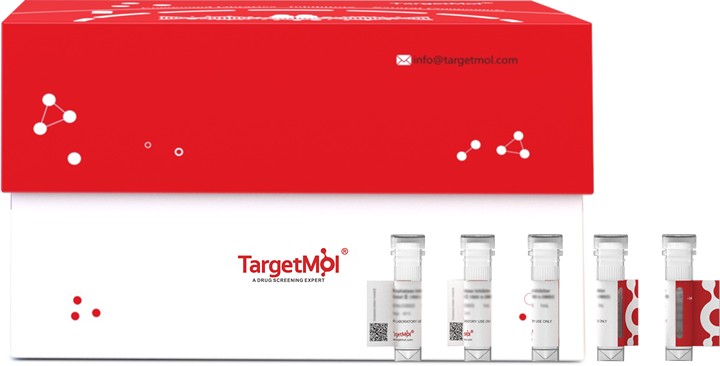Shopping Cart
Remove All Your shopping cart is currently empty
Your shopping cart is currently empty
Noggin/NOG Protein, Human, Recombinant (CHO) is expressed in CHO Cells. The accession number is Q13253.

| Pack Size | Price | USA Warehouse | Global Warehouse | Quantity |
|---|---|---|---|---|
| 5 μg | $85 | 7-10 days | 7-10 days | |
| 10 μg | $138 | 7-10 days | 7-10 days | |
| 20 μg | $222 | 7-10 days | 7-10 days | |
| 50 μg | $423 | 7-10 days | 7-10 days |
| Biological Activity | ED 50 < 2.5 ng/ml, measured in a bioassay using ATDC5 cells in the presence of 10.0 ng/ml human BMP-4. |
| Description | Noggin/NOG Protein, Human, Recombinant (CHO) is expressed in CHO Cells. The accession number is Q13253. |
| Species | Human |
| Expression System | CHO Cells |
| Tag | Tag Free |
| Accession Number | Q13253 |
| Synonyms | SYNS1A,SYNS1,SYM1,noggin,NOG |
| Construction | Gln28-Cys232 |
| Protein Purity | > 95% as determined by SDS-PAGE |
| Molecular Weight | 29~31kDa (Reducing conditions) |
| Endotoxin | < 0.2 EU/μg of protein as determined by the LAL method. |
| Formulation | Lyophilized from a 0.2 μm filtered solution in PBS. |
| Reconstitution | Reconstitute the lyophilized protein in sterile deionized water. The product concentration should not be less than 100 μg/ml. Before opening, centrifuge the tube to collect powder at the bottom. After adding the reconstitution buffer, avoid vortexing or pipetting for mixing. |
| Stability & Storage | Upon receiving, this product remains stable for up to 6 months at lower than -70°C. Upon reconstitution, the product should be stable for up to 1 week at 4°C or up to 3 months at -20°C. For long term storage it is recommended that a carrier protein (example 0.1% BSA) be added. Avoid repeated freeze-thaw cycles. |
| Shipping | In general, Lyophilized powders are shipping with blue ice. Solutions are shipping with dry ice. |
| Research Background | Noggin, also known as NOG, is a homodimeric glycoprotein that bindsto and modulates the activity of TGF-beta family ligands. It is expressed in condensing cartilage and immature chondrocytes. Noggin antagonizes bone morphogenetic protein (BMP) activities by blocking epitopes on BMPs needed for binding to their receptors. Noggin has been shown to be involved in many developmental processes, such as neural tube formation and joint formation. During development, Noggin diffuses through extracellular matrices and forms morphogenic gradients, regulating cellular responses dependent on the local concentration of the signaling molecule. |
| Size | Quantity | Unit Price | Amount | Operation |
|---|

Copyright © 2015-2025 TargetMol Chemicals Inc. All Rights Reserved.